Showing the work by the following artists:
TWO LIVES
by ANDREY LOMAKIN (Ukraine)
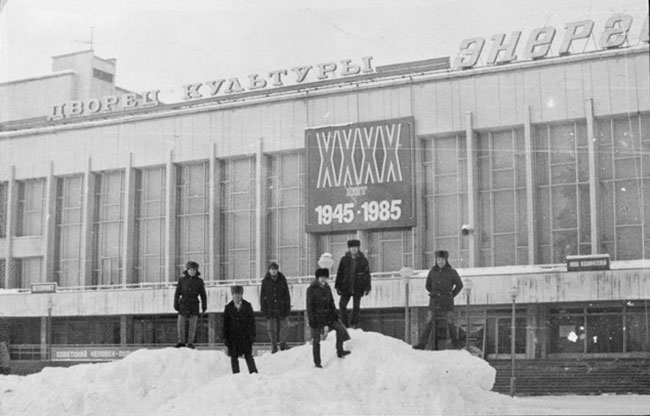
In 1986, after the Chernobyl disaster, the city of Pripyat, Ukraine was temporarily evacuated to decontaminate the area of radiation. Around 50,000 people, including the photographer’s family, exited the city, taking only their documents, photos and some clothes. None of them were able return to their homes. Their lives were thus divided into two halves: one before the disaster and the other after.
GDR – MUSEUM VIEWS
by ANJA BOHNHOF (Germany)

After the reunification of Germany in 1990, many East German families, hoping for a better lifestyle, discarded their household items as bulk refuse. Over a decade later, these items are now housed in special museums that provide a glimpse into everyday life in the German Democratic Republic. These interiors have never actually been lived in, so the photographs are images of constructed spaces, where a seemingly neutral picture of the past has been created, with no reference points in the present to challenge its objectivity.
VEDA’S CHILDREN
by CLAUDE PAUQUET (France)
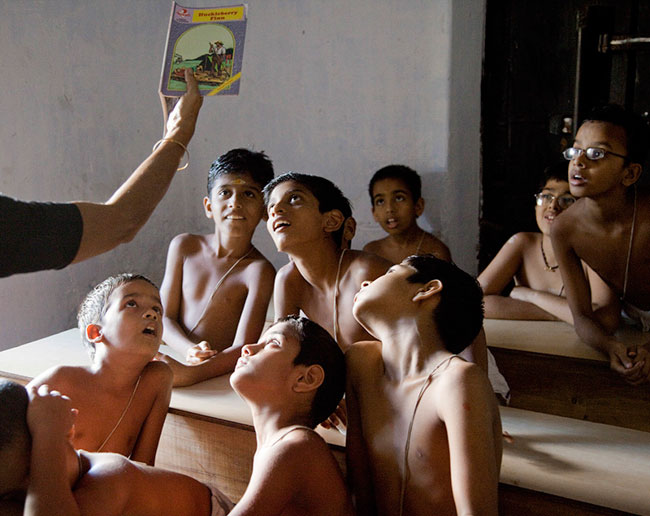
Located in Thrissur, the cultural capital of South India’s Kerala, the Vadakke Madham Brahmaswam Vedic Research Centre is one of the oldest Vedic schools in the world. In these sets of photographs, students aged 7 to 15 are seen learning the Vedas, a body of sacred texts written in Vedic Sanskrit and passed down verbally by Brahmins. The Vedic song tradition was listed as part of UNESCO’s Intangible Cultural Heritage of Humanity in 2008. However, only four schools are still teaching the centuries-old heritage of the Vedas in India.
BEYOND DREAMS AND HOPES
by EMINE AKBABA (Germany)
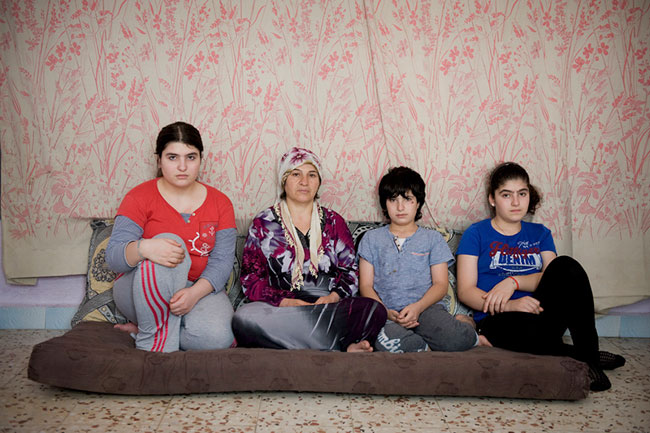
The photographer explores the story of one family – Turkiye, Ruba, Fatma, Eye and Suhel, who were forced to flee Syria after the death of their husband and father. Since then, they have been living in Mardin, Turkey. The drawings on the photographs are by Eye, who has withdrawn into herself, after seeing people being beheaded on the streets of Aleppo. The photographer has attempted to capture the personal consequences of a civil war that most people have only seen through impersonal and sensationalized news reporting.
CHANGING LANDSCAPE
by FIRTZ BERGER (Switzerland)
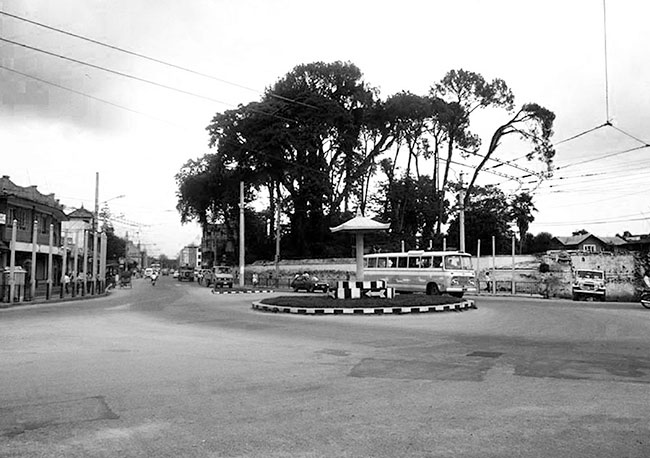
The photographer juxtaposes pictures of the past and present, creating a portrait of Nepal’s changing landscape, through photo-monitoring – a process where a picture is taken from the same exact spot at various intervals of time to show how the space has changed, sometimes due to human activity and at other times due to natural forces like climate change.
THE ANIMALS
by GIACOMO BRUNELLI (United Kingdom)
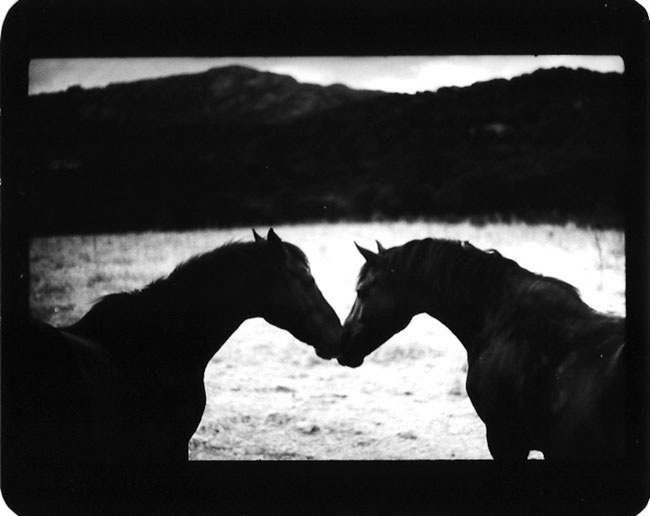
When the an “animal-focused-street-photographer” sees an animal, he first ignores it but then runs after it to gain a response, almost touching the subject and forcing flight or fight. But sometimes, he just watches to see what will happen. Animal reactions are varied –sometimes they are curious about the camera and sometimes they are afraid of the noise the shutter makes. While dealing with dead animals, the photographer picks the carcasses up from the ground and places them where in a different setting. This interaction with the dead animal is a way to give purpose to something that no longer has any.
HERE, FOR NOW
by HADI UDDIN (Bangladesh)
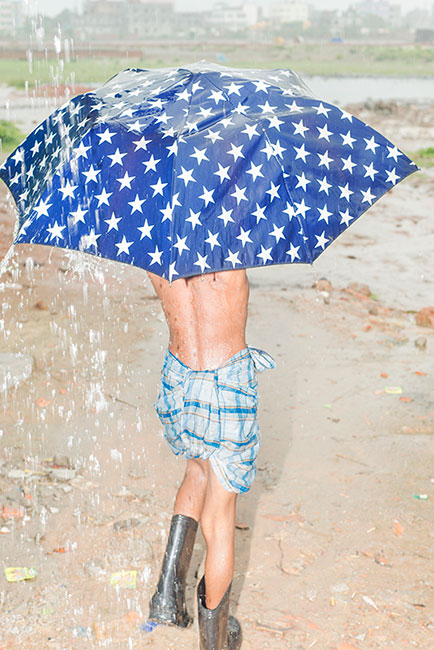
Boirakhali in Rayer Bazaar is not very far from the glitzy capital of Bangladesh. But those who live here do not have a fixed address to return to. However, they do maintain economic formalities — the landlord gets paid rent. Their existence is similar to that of others, except that they are really homeless; their housing is always temporary. The homes that they live in do not belong to them and they do not know when their addresses will change.
A HALL FULL OF CINEMA
by KAUSER HAIDER (Bangladesh)
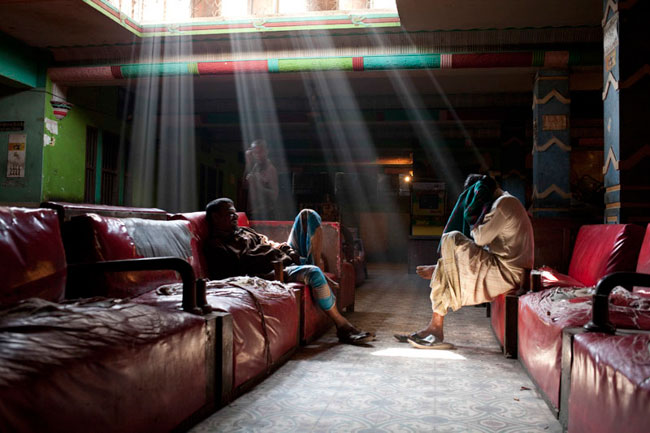
A Hall Full of Cinema documents the 72-year old Manoshi Cinema, located in Old Dhaka, Bangladesh. In recent years, cinema halls have been diminishing, due various reasons like improper maintenance, poor production of films and the proliferation of TV channels and pirated DVDs. Still, the cinema halls that remain are full every weekend, mostly with lower-income people. Once glazed with the traditional architecture of Old Dhaka, today, the Manoshi Cinema hall retains only a patina of cracked plaster walls and nearly broken chairs. About 25 staff work non-stop behind the curtain and some even live in the hall. The atmosphere creates another cinema of all of its own.
DPRK
by MATJAŽ TANČIČ (Slovenia)

Portrayals of North Korea tend to veer into the extremes: either sensationalistic demonization or ungrounded staging. Both portrayals erase the actual human beings who live there. The photographer wanted to focus on the group that forms the core of every society – people, of different ages, statuses and occupations. These the people whom the world ignores because they neither fit into the domestic propaganda of a mighty and triumphant North Korea nor into the international image of a country that can only be either castigated for its crimes or mocked for its poverty.
SUBURBIA
by NIRMAN SHRESTHA (Nepal)

Growing up in the suburbs, the photographer has nostalgic memories of paddy and wheat fields, clear skies, fresh air and greenery. However, growing migration has led to overpopulation in metropolitan areas and by extension, the suburbs of Kathmandu. The paddy and wheat fields have been replaced by housing colonies and the once empty skyline is now dotted with tall apartment buildings. Businesses have grown in the suburbs and so have basic amenities. Soon, the suburbs will not be suburbs anymore.
THE VETERAN CLUB
by OKKY ARDYAWARASSANTHY (Indonesia/Malaysia)
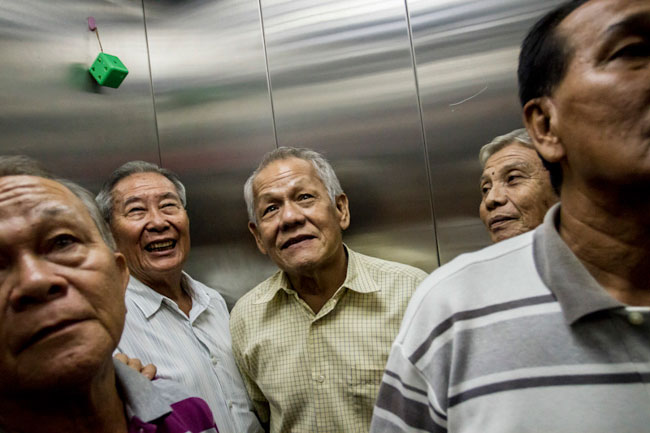
The Veteran Club once dominated Indonesian football in the 1930s and were well-represented in the 1956 Olympics. But since the 1998 riots against people of Chinese descent in Indonesia, they have not been able to play professional matches. At present, the number and influence of Indonesian-Chinese football players is modest. But one thing is obvious: football had the potential to build togetherness then, and it still does now.
TSUNAMI YEARS LATER
by SHIN YAHIRO (Japan)
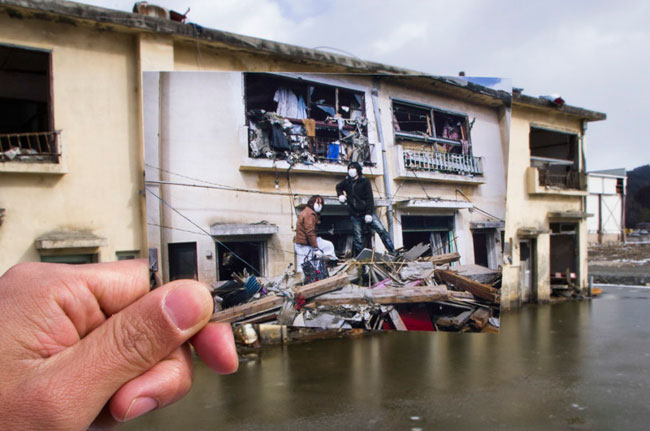
In 2011, a 9.0 magnitude earthquake and the massive tsunami that followed caused great damage to the coastal areas of Japan, the Tohoku region in particular. Since then, in the last two years, the stricken area has changed drastically. But for the photographer and other local residents, memories of the destruction, the devastation and the crisis are still ever-present.
IRRLICHT
by YANA WERNICKE (Germany)

For Irrlicht, the photographer went back to the mythical roots of the Sorbs, people of Western Slavic origin that have been living in Eastern Germany. Inspired by their fairytales and legends, the photographer has delved deeply into their history to bring to life an imagery that has been forgotten. Despite photographing real events and people, she didn’t wish to document Sorbian life as it is today. Rather, she wanted to use fragments to tell her own story. This is a modern fairytale that combines old myths with new interpretations, and imagines a place somewhere between reality and fiction.

